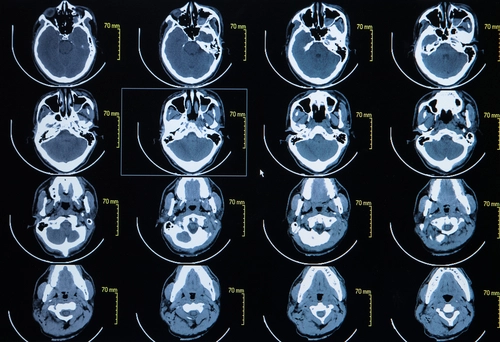Brace Yourself for Massive Radiology Changes to CPT® 2020

Take note of a handful of crucial code description revisions. The last few years have been relatively tame in terms of annual radiological changes to the CPT® manual. At first glance, however, you may feel a bit overwhelmed examining the plethora of 2020 CPT® changes related to the radiology specialty. While it may look like a handful on the surface, you’ll find after closer inspection that these updates are going to be helpful in the long run. Specifically, CPT® lays out a handful of practical and useful revisions to existing descriptions that should help to clear up some lingering confusion. Coder’s note: “Coders must understand the importance of reviewing the revised CPT® codes the AMA publishes each year — since the result of using a code description that has been revised could be that the claim does not get paid,” says Ronda Tews, CPC, CHC, CCS-P, AAPC Fellow, director of billing and coding compliance at Modernizing Medicine in Boca Raton, Florida. “However, without a review of the code description changes for your specialty each year, the implications could be significantly worse — the claim could get paid when it shouldn’t,” warns Tews. Read on to check out all the most important radiology-specific changes to the 2020 CPT® manual. Begin With Fundamental Code Description Changes to 74022 As you’ll quickly catch on to, the most fundamental changes to the 2020 radiology CPT® code set don’t come by way of new or deleted codes, but rather by an array of revisions. On top of that, some revisions aren’t merely replacing one word for another, they are doing a complete overhaul. For instance, have a look at this revision to 74022 (note that the strikethrough outlines the prior description and the underline outlines the revised description): The 2019 and prior version of 74022 has been a cause for confusion and headaches — and for good reason. To start, it doesn’t address any abdominal views, so you’re left to your own devices to deduce that only two or more are required. It was easy to make the false assumption that, since 74021 (Radiologic examination, abdomen; 3 or more views) includes three views of the abdomen, 74022 must also include at least three views. Now you conclusively know that’s not the case. Additionally, the wording did not easily explain whether the single chest view was interchangeable with the three listed abdominal views — or existed as its own separate entity. Check out This 74210-74248 Overhaul The most sweeping changes for the 2020 calendar year (CY) come by way of radiologic examination codes of the pharynx, esophagus, and upper gastrointestinal (GI) tract. Have a look at two important revised code descriptions: “You can see that CPT® makes a point to outline exactly what each service entails, unlike the descriptions that existed prior to 2020,” says Barry Rosenberg, MD, chief of radiology at United Memorial Medical Center in Batavia, New York. These revised descriptions, along with numerous others in this code range, will prove especially useful to beginning coders who are struggling to wrap their head around the differences between each respective barium swallow study code. Furthermore, CPT® introduces a brand-new indented code to 74220 for the reporting of double contrast studies: Don’t Discount the Power of the Semicolon Next up, have a look at two fundamental code description revisions for a pair of common GI tract studies: CPT® elaborates further on what services are involved in swallowing function (also called modified barium swallow) studies. You’ve now got documentation within the code description that 74230 includes scout imaging of the neck along with delayed images, when performed. Before diving into what the code description revision for 74240 means, you’ll want to have a look at this code deletion for 2020: Instead of reporting a separate code for delayed images and/or KUB, you’re now reporting one universal code (74240) for all single contrast studies of the upper GI tract. Furthermore, have a look at two more related code deletions for 2020: Until 2020, you’d report an upper GI radiologic examination (single or double contrast) with small intestine follow-through using codes 74245 and 74249, respectively. Instead, CPT® introduces a new separate procedure code to report small intestine follow-through studies alongside single or double-contrast exams: Finally, on the subject of double contrast radiologic examinations, have a look at this final code description revision: Here, you’ve got to refer back to the base code 74240 to see how 74246 changes. Since the description “including scout abdominal radiograph(s) and delayed image(s)” in 74240 now precedes the semicolon, that portion of the code description is now included in 74246, as well. Similar to the deletion of 74241, this renders the following deleted code obsolete: Keep an eye out for a follow-up issue of Radiology Coding Alert where you’ll cover even more CPT® changes from the Radiology chapter.
images double-contrast (eg, high-density barium and effervescent agent) study, including glucagon, without KUB when administered).




